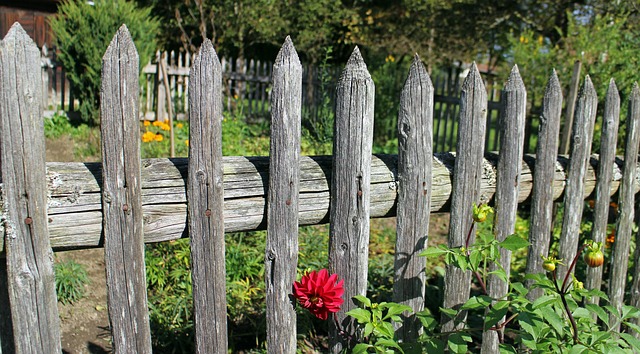In New Bedford, MA, the pursuit of eco-friendly solutions is gaining momentum, and fencing materials are no exception. This article explores the sustainable alternatives transforming local landscapes, offering benefits ranging from reduced environmental impact to enhanced aesthetic appeal. We delve into the advantages of green fencing, spotlight popular eco-choices, and provide practical tips for New Bedford residents eager to embrace nature-friendly yard boundaries.
- Eco-Friendly Fencing Materials: Sustainable Options for New Bedford
- Benefits of Choosing Green Fencing in MA Communities
- Popular Eco-Fencing Choices and Their Advantages
- Implementing Eco-Conscious Fencing: Tips for New Bedford Residents
Eco-Friendly Fencing Materials: Sustainable Options for New Bedford
New Bedford, MA, is embracing sustainability by exploring eco-friendly fencing materials that offer both aesthetic appeal and environmental benefits. Traditional fencing options often rely on non-renewable resources, contributing to ecological issues. However, a shift towards sustainable alternatives is gaining traction among environmentally conscious residents and businesses.
Eco-friendly fencing materials range from recycled plastic and wood composite to natural fibers like bamboo and hemp. These options not only reduce carbon footprints but also provide unique visual appeal and long-term durability. In New Bedford, the use of such materials can contribute to a greener urban landscape while fostering a community committed to environmental stewardship.
Benefits of Choosing Green Fencing in MA Communities
Choosing eco-friendly fencing materials offers numerous advantages for Massachusetts communities, especially New Bedford residents. One of the primary benefits is environmental sustainability. Traditional fences often rely on non-renewable resources and contribute to waste. Green fencing alternatives, however, are made from recycled or rapidly renewable materials, reducing the carbon footprint and promoting a circular economy. These materials can also provide excellent durability and low maintenance, ensuring long-lasting beauty without compromising environmental integrity.
Moreover, selecting green fencing supports local ecosystems. Native plants and organic materials used in eco-friendly fences create habitats for local wildlife, foster biodiversity, and promote ecological balance. This is particularly significant in urban areas like New Bedford, where green spaces are limited but vital for maintaining a healthy urban environment. By embracing these sustainable options, the community contributes to a greener, healthier, and more resilient future.
Popular Eco-Fencing Choices and Their Advantages
In New Bedford, MA, several eco-friendly fencing materials have gained popularity for both their sustainability and aesthetic appeal. One of the most common choices is recycled plastic fencing, which is known for its durability and low maintenance requirements. This type of fencing is made from post-consumer plastic waste, reducing landfill debris and conserving natural resources. It also resists rot, rust, and fading, ensuring long-lasting performance with minimal upkeep.
Another popular option is wood fencing treated with eco-friendly preservatives. These treatments replace harmful chemicals with natural alternatives, minimizing the environmental impact while still protecting the wood from decay and insects. Natural materials like bamboo are also increasingly used for fencing due to their rapid growth rate and strength. Bamboo fencing offers a unique visual appeal and contributes to a more sustainable landscape, making it an attractive choice for environmentally conscious homeowners in New Bedford.
Implementing Eco-Conscious Fencing: Tips for New Bedford Residents
New Bedford residents looking to enhance their outdoor spaces with fencing have an exciting opportunity to embrace eco-friendly options. When considering traditional fencing materials, many often overlook the environmental impact and the availability of sustainable alternatives. However, making environmentally conscious choices doesn’t mean sacrificing quality or aesthetics; it’s a chance to contribute to a greener community while creating beautiful, long-lasting boundaries.
To adopt eco-conscious fencing, residents can start by researching local suppliers specializing in renewable materials. Options like recycled plastic, wood from sustainable sources, and biodegradable composites are not only environmentally friendly but also offer unique visual appeals. Additionally, exploring vertical gardening techniques along fences can further enhance their ecological benefits, providing habitats for local wildlife and contributing to a healthier urban landscape.
